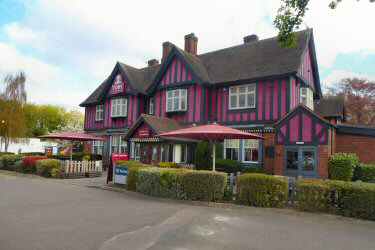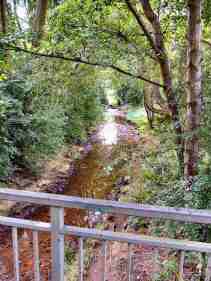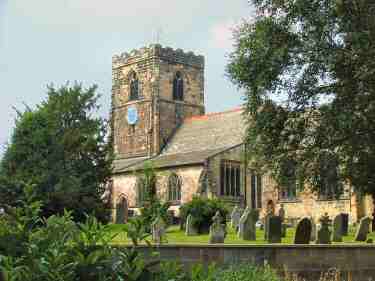A to Z HIGHLIGHTS OF DERBY AND DISTRICT – PART 3
The A to Z – highlights of Derby and District is a 19-part series and will be published weekly.
Borrowash to Chaddesden St Mary’s
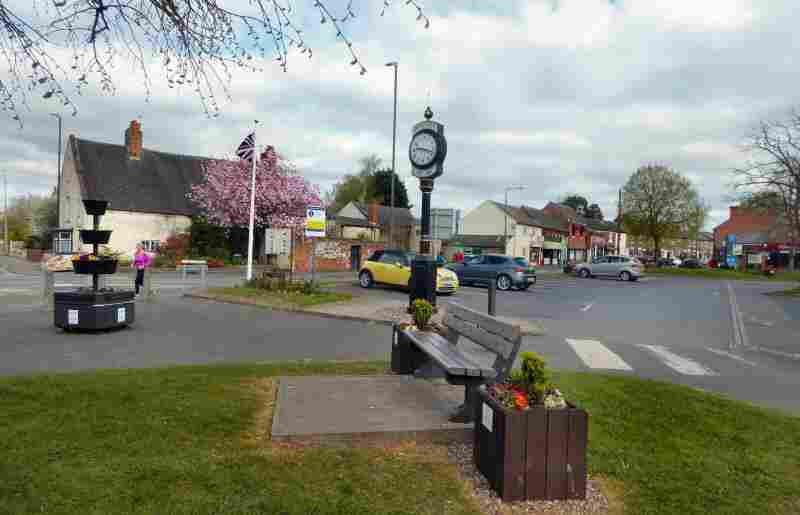
BORROWASH
Borrowash is a large, busy commuter centre for Derby and Nottingham and lies on the old road between the two cities. It once had a railway station and a canal running through the village, but both are now gone. The centre of the village has a good number of shops and businesses as well as a Methodist Church.
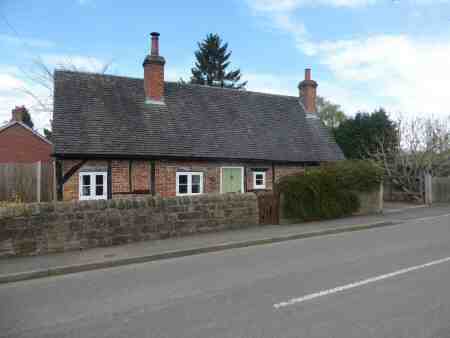
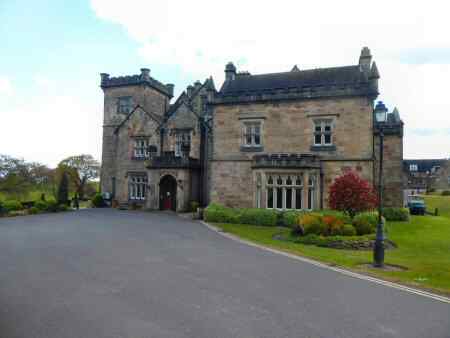
BREADSALL
Breadsall is an ancient place with a large village green, a lively community centre and a sports field where cricket and football are played. All Saints’ Church is a Grade I listed building which dates back to the 12th century. It has been restored several times most recently after a severe fire started by Suffragettes on 5 June 1914.
BREADSALL PRIORY
The site was occupied by a former Augustinian Priory, which was demolished following the Dissolution of Monasteries. Today, it is a Marriott Hotel and Country Club with two 18-hole golf courses and is the oldest Marriott in the world. In 2005, it had the distinction of hosting a G8 summit meeting.

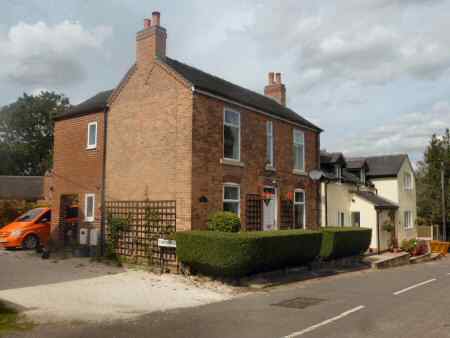
BRUNSWICK INN
Designed by Francis Thompson and built for the use of railway men and second-class passengers, it was opened in 1842. It is one of, if not the earliest examples of a purpose-built commercial inn in the country. Originally it was called ‘The Brunswick Railway and Commercial Inn’ and remained in the ownership of the railways for 105 years.
BURNASTON
The pretty village of Burnaston was probably founded between 450 and 550 AD at the same time as Etwall and Bearwardcote. Burnaston House, formerly the home of Every family was taken down stone by stone to make way for the Toyota car factory site. Everything was renumbered and stored for eventual erection.
CATHEDRAL
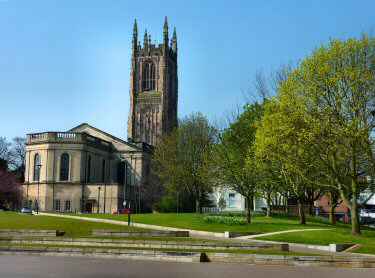
Visible from a considerable distance, Derby Cathedral dominates the skyline with its impressive perpendicular tower. It was built early in the 16th century, but worship has taken place on the site since the 10th century. A combination of events led to it becoming Derby Cathedral, in 1927. A new diocese of Southwell had been created in 1884 and the majority of the County of Derbyshire was transferred from Lichfield to the new see. It was soon recognised that the creation of a new diocese of Derby, would be beneficial. This was brought to fruition with the hallowing of All Saints as its Cathedral Church.
The Cathedral’s impressive entrance gates, made by Robert Bakewell, were moved from St Mary’s Gate in 1957. The gates were refurbished in 2012 and renamed Queen Elizabeth II Gates to celebrate the Queen’s Diamond Jubilee.
In 2009, more than 150 members of the Derby Mountain Rescue Team abseiled down the tower for charity. This event has continued in subsequent years to raise charitable funds. For those who prefer steps, there are 189, rather than ropes, periodic tower climbs are available and provide stunning views over the city.
CATHEDRAL CENTRE
The Cathedral Centre stands on the opposite side of Iron Gate to the Cathedral. It was opened by HM the Queen on her visit to Derby on 14 November 2003. Here, the Cathedral treasures are displayed in the basement. The administration centre is upstairs where there is also a conference room available for hire.
CATHEDRAL GREEN
Cathedral Green was once the home of Derby Power Station. It was built late in the 1800s when electricity was starting to become a proven alternative to gas. The station continued to increase its capacity and in 1928 the Borough Council passed a proposal for the creation of a ‘super-station’. This allowed Derby to meet all its power requirements.
CATHEDRAL QUARTER HOTEL
The Finesse Collection purchased the building in 2006 and converted it into a hotel. It was opened in May 2008 as the Cathedral Quarter Hotel. Her Majesty the Queen dined at the hotel, on Maundy Thursday, 1 April 2010. After presenting pensioners with Maundy money at Derby Cathedral, in what was believed to be the 800th anniversary of the ceremony.
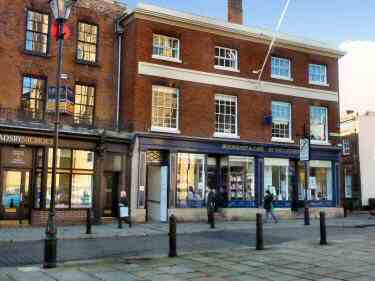
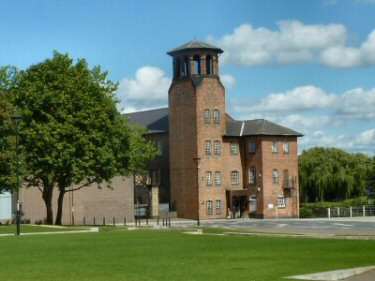
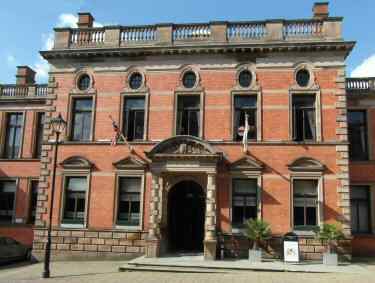
CHADDESDEN
Chaddesden which the locals like to call ‘Chad’ is one of Derby’s largest suburbs. But, until the early 1900s, it was a small independent village. However, boundary changes resulted in it being absorbed by Derby. Its proximity to Derby and improving communication facilities were crucial factors that made the location a very attractive one. The railway industry was a substantial local employer.
CHADDESDEN PARK
Early in the 1920s parts of the Wilmot estates were reserved for use as a public amenity. A park was created, running in a north-to-south direction from Maine Drive to Nottingham Road, which caters for a variety of activities. The woodland in the park is a mix of mature trees with a stream running through the centre.
CHADDESDEN – ST MARY’S CHURCH
St Mary’s has been the Parish Church of Chaddesden since at least 1347. The church had a long association with the Wilmot family who lived at the now-demolished Chaddesden Hall. Monuments of several members of the family can be seen in the churchyard. In 1952, the church was designated as a Grade I listed building.
